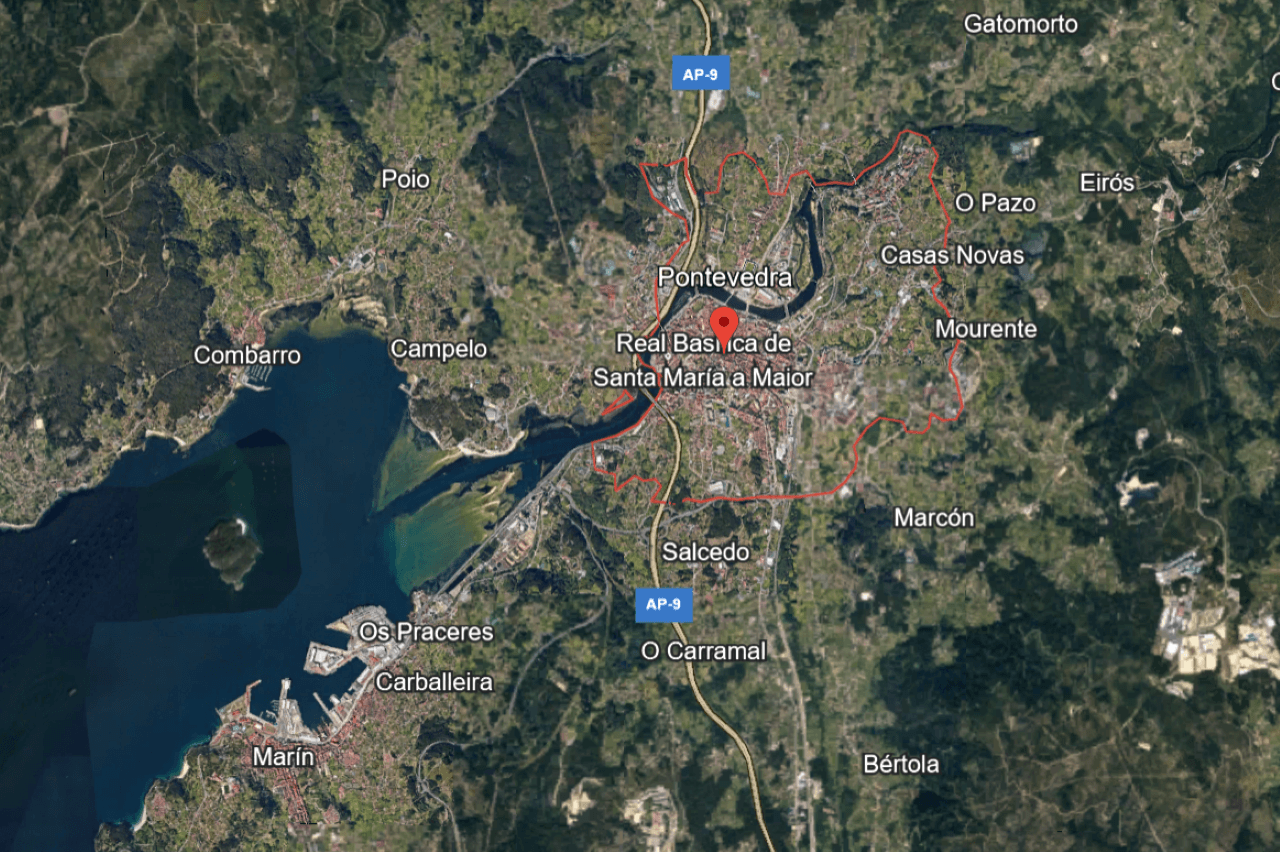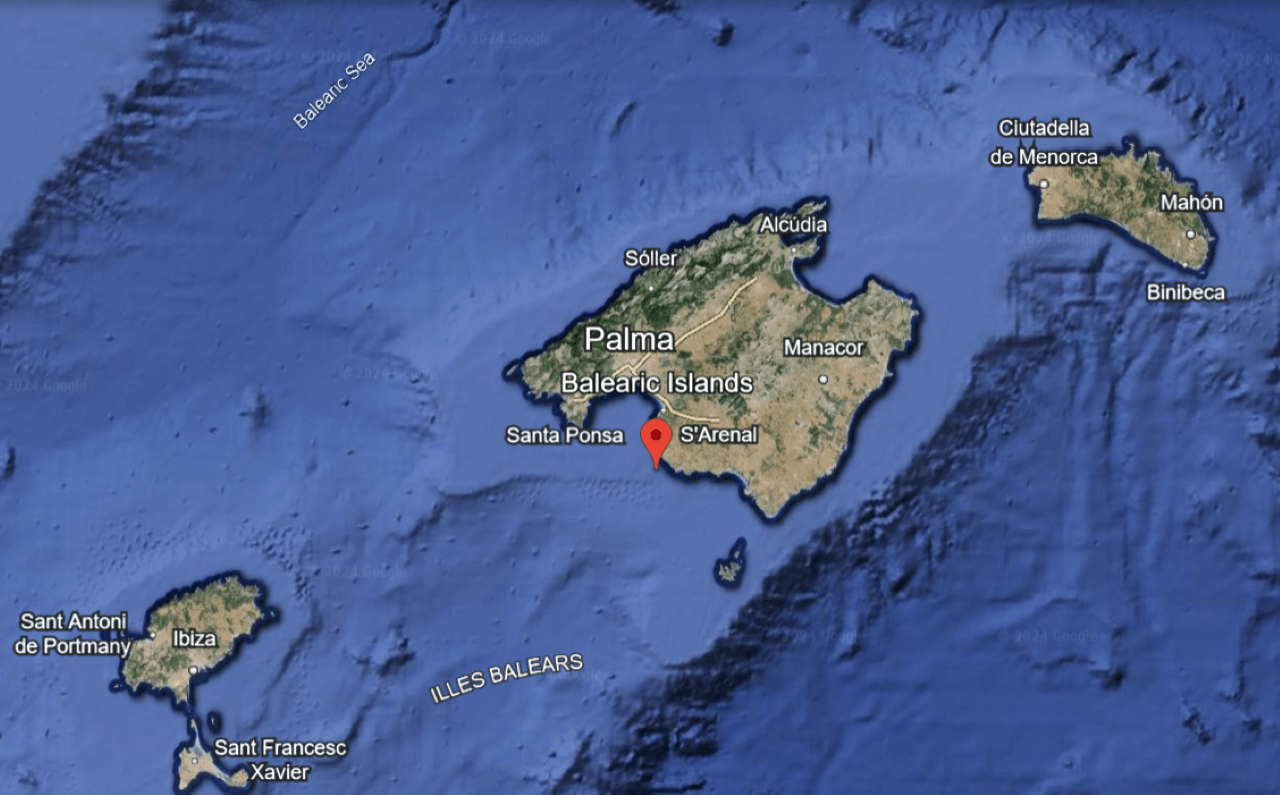As you journey along the coastline of the Iberian Peninsula, you’ll find yourself drawn to the charm of Spanish coastal villages.
Each village offers a unique blend of history, culture, and natural beauty, inviting you to immerse yourself in its charming atmosphere.
From the rugged cliffs of the northern Cantabrian coast to the sun-drenched shores of the Mediterranean, these villages ensure an exciting adventure, promising to captivate your senses and leave you enchanted.
Explore the Andalusian Gems

As you step into the sunlit streets of Andalusian coastal villages, located in the southern region of Spain, you’re immediately enveloped in their enchanting allure.
You can wander through the whitewashed alleys of Frigiliana, nestled in the province of Málaga, where each corner reveals a new vista of breathtaking beauty.
Frigiliana offers a wealth of attractions, including guided tours of its historic Moorish quarter, visits to local artisan shops showcasing traditional crafts, and hiking trails through the nearby Sierra de Tejeda Natural Park.
Feel the vibrant energy of Nerja‘s beaches, where the Mediterranean sun kisses your skin and the azure waters invite you for a refreshing dip.
Don’t miss a visit to the Balcony of Europe, a promenade offering stunning panoramic views of the coastline, or explore the fascinating Caves of Nerja, home to ancient cave paintings and impressive rock formations.
Lose yourself in the labyrinthine lanes of Vejer de la Frontera, situated in the province of Cádiz, where the rich Moorish heritage is palpable at every turn.
Admire the imposing fortress walls that once guarded the town from invaders and take in panoramic views of the surrounding countryside from the town’s hilltop vantage points.
Vejer de la Frontera also boasts a lively arts scene, with galleries showcasing local and international artists, as well as traditional flamenco performances held in atmospheric venues throughout the town.
Here, you can savor the flavors of Andalusian cuisine, indulging in the region’s culinary delights as you soak in the warmth of Mediterranean hospitality.
Experience the Rustic Charms of Galician Hideaways

When you venture to the verdant hills of Galicia, located in the northwest corner of Spain, you’re greeted by the rustic beauty of its coastal villages.
You can stroll along the cobbled streets of Combarro, situated in the province of Pontevedra, where ancient hórreos (granaries) line the waterfront, offering a glimpse into traditional Galician life.
Don’t miss the chance to explore the charming Chapel of San Roque, perched atop a rocky outcrop overlooking the sea, offering panoramic views of the surrounding coastline.
Admire the colorful houses clinging to the cliffs of Cudillero, found in the province of Asturias, their facades painted in hues that mirror the vibrant spirit of the locals.
Visit the Fishermen’s Guild House, a historic building that offers insight into the area’s maritime traditions, and climb to the top of the Mirador de la Garita for sweeping views of the harbor and beyond.
In the bustling port of O Grove, located in the province of Pontevedra, you can feast on fresh seafood straight from the ocean, savoring the flavors of the sea with every bite.
Indulge in a seafood platter featuring delicacies such as percebes (gooseneck barnacles), pulpo a la gallega (Galician-style octopus), and freshly caught fish grilled to perfection.
And, as you explore the wild beauty of Costa da Morte, stretching along the coast of Galicia, with its rugged cliffs and windswept shores, you’ll find yourself immersed in ancient legends and dramatic landscapes that speak to the soul.
Visit the iconic Tower of Hercules, a UNESCO World Heritage site and the oldest Roman lighthouse still in operation, which offers panoramic views of the coastline and surrounding countryside.
Explore the charming fishing villages that dot the coastline, such as Muxía and Fisterra, and discover hidden coves and pristine beaches that are perfect for a relaxing day by the sea.
Discover the Timeless Beauty of the Balearic Islands

Escape to the tranquil shores of the Balearic Islands, located in the western Mediterranean Sea, and lose yourself in their timeless beauty.
Wander through the medieval streets of Ciutadella in Menorca, situated on the western coast of the island, where historic palaces and ancient churches stand as silent witnesses to centuries of history.
Explore the majestic Cathedral of Menorca, a stunning example of Catalan Gothic architecture, and stroll along the picturesque harbor, where colorful fishing boats bob in crystal-clear waters.
Don’t miss the opportunity to visit the Naveta des Tudons, a prehistoric burial chamber dating back to the Bronze Age, and immerse yourself in the island’s rich cultural heritage.
Embrace the bohemian vibe of Ibiza’s whitewashed villages, found on the third-largest Balearic Island, where art and culture thrive amidst the laid-back atmosphere of island life.
Explore the charming streets of Dalt Vila, a UNESCO World Heritage site and the historic heart of Ibiza Town, and discover hidden galleries showcasing the work of local artists.
Dance the night away at one of the island’s legendary clubs, such as Pacha or Amnesia, or relax on the shores of Playa d’en Bossa, one of the longest beaches on the island, with its soft white sands and crystal-clear waters.
And on the pristine beaches of Formentera, located just south of Ibiza, you can unwind and recharge, letting the crystal-clear waters and gentle sea breeze wash away your worries.
Visit the iconic Far de la Mola lighthouse, perched atop a dramatic cliff overlooking the sea, and take in panoramic views of the surrounding coastline and neighboring islands.
Immerse Yourself in the Coastal Charms of the Basque Country

Exploring the rugged coastline of the Basque Country, situated in the northern region of Spain, you’ll discover hidden treasures waiting to be uncovered.
Lose yourself in the colorful streets of Getaria, located in the province of Gipuzkoa, the birthplace of explorer Juan Sebastián Elcano, where historic landmarks and charming cafes beckon you to linger a little longer.
Explore the Church of San Salvador, an imposing Gothic structure dating back to the 14th century, and visit the Cristóbal Balenciaga Museum, dedicated to the renowned fashion designer who was born in Getaria.
Don’t miss the chance to sample the local specialty, txakoli wine, at one of the many wineries dotting the surrounding countryside.
Savor freshly grilled fish in the port of Bermeo, situated in the province of Biscay, where the aroma of the sea mingles with the tantalizing scent of seafood cooking over open flames.
Take a boat tour of the Urdaibai Biosphere Reserve, a UNESCO World Heritage site, and discover the diverse wildlife and pristine landscapes that make this area so special.
And on the golden sands of Zarautz, also in the province of Gipuzkoa, a favorite surf destination, you can feel the pulse of the ocean and immerse yourself in the rich maritime heritage that defines these charming villages.
Explore the historic old town of Zarautz, with its narrow cobblestone streets and medieval architecture, and visit the Church of Santa María la Real, a beautiful example of Basque Gothic architecture.
Tourist Attractions in Spanish Coastal Villages
| Coastal Village | Tourist Attractions |
|---|---|
| Frigiliana | Whitewashed alleys, Moorish architecture, local crafts |
| Nerja | Beaches, Balcony of Europe, Caves of Nerja |
| Vejer de la Frontera | Moorish old town, Castle of Vejer, gastronomy festivals |
| Combarro | Hórreos (granaries), Fishing port, Church of San Roque |
| Cudillero | Colorful houses, Fishing port, Mirador de la Garita |
| O Grove | Seafood festivals, Boat tours, A Lanzada Beach |
| Ciutadella (Menorca) | Medieval streets, Cathedral of Menorca, Naveta des Tudons |
| Ibiza | Dalt Vila (Old Town), Es Vedrà, Hippy Markets |
| Formentera | Ses Illetes Beach, La Mola Lighthouse, Sant Francesc Xavier |
| Getaria | Church of San Salvador, Balenciaga Museum, Txakoli wineries |
| Bermeo | Fishermen’s neighborhood, San Juan Gaztelugatxe, Aritzatxu Beach |
| Zarautz | Long sandy beach, Surfing, Old town charm |
Frequently Asked Questions (FAQs)
Are Spanish coastal villages crowded with tourists?
It depends on the time of year. During peak tourist season, some villages may experience higher levels of tourism, but many villages offer tranquil escapes even during busy times.
What should I pack for a visit to Spanish coastal villages?
Essentials include sunscreen, a hat, comfortable walking shoes, a swimsuit, and light clothing suitable for warm weather. Don’t forget your camera to capture the stunning scenery!
Conclusion
- Spanish coastal villages offer a captivating blend of natural beauty, rich history, and vibrant culture, making them enchanting destinations for travelers seeking an authentic Mediterranean experience.
- Whether you’re exploring the winding streets of ancient towns, lounging on pristine beaches, or savoring the flavors of local cuisine, these villages offer a unique glimpse into the soul of Spain’s coastal regions.
- Each village, whether it’s the bohemian vibe of Ibiza, the tranquil shores of Formentera, or the hidden treasures of Getaria and Bermeo in the Basque Country, invites you to immerse yourself in its unique atmosphere.
- With an array of experiences awaiting in Ciutadella in Menorca, Zarautz in Gipuzkoa, and O Grove in Pontevedra, Spanish coastal villages promise an unforgettable journey filled with discovery, relaxation, and authentic Mediterranean charm.

